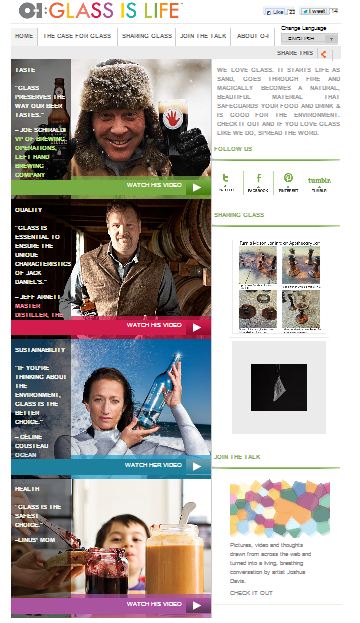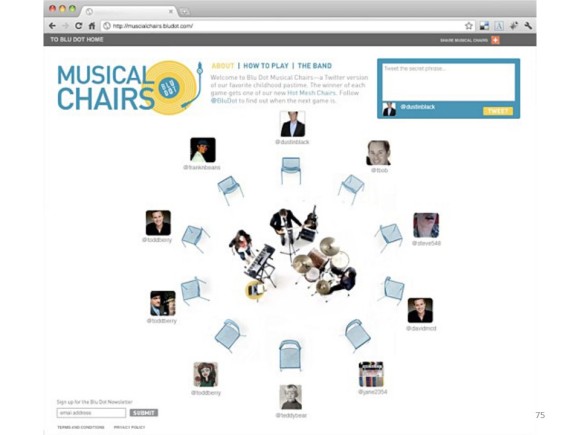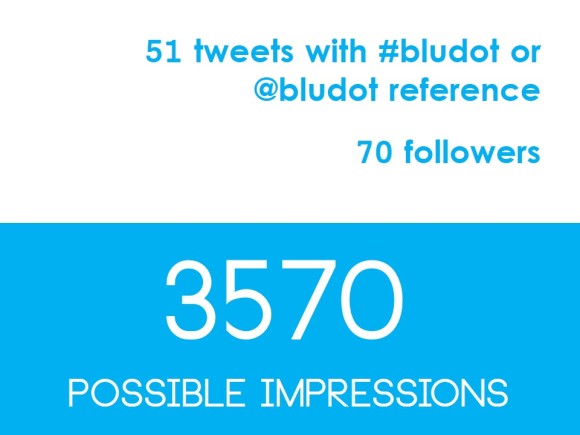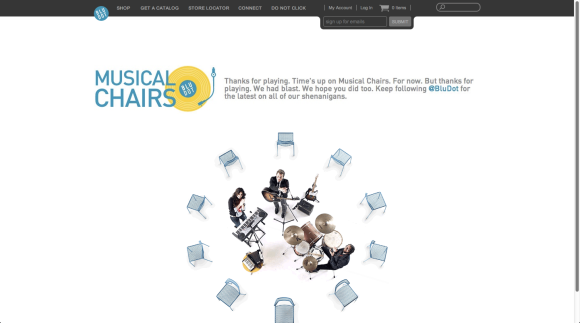I discovered my passion for advertising when I was a sophomore at one of the biggest universities in the country. My love of branding turned into an undergrad degree in advertising, (excuse me, “professional strategic communications.”) Still just as in-love with the profession several years later, I find myself currently working on my master’s in communication, with an advertising specialization. While I’m not an expert on the topic of advertising education, I have had my fair share of experiences that have helped me form my own opinion about the topic. What’s that opinion?
Advertising education is not helping students get jobs.
This may sound like the jaded viewpoint of an individual who graduated during the recession, but it honestly has some validation. In both my undergrad and grad experience, I have found a common theme: there is a general lack of applied classes. In undergrad, I went above-and-beyond to be actively involved in Ad Club and National Student Advertising Club. I went on agency visits, had a mentor and networked like it was going out of style. However, my in-class experience fell short. My advertising degree was not providing portfolio-worthy samples. In fact, there was only one creative class I could take. A one-semester class was not going to give me the tools that I needed to get a job, or even an internship. At the end of the day I realized, too late, that if I wanted to go into the creative side of advertising world, I should have double-majored in design.
Fast-forward several years later and I find myself getting a master’s in advertising. Why would I go back if my first experience in higher ed didn’t help me get a job in the advertising world? In all honesty, a heavily discounted tuition rate was a major factor for me. It’s not that I hadn’t thought about going back to school, but it wasn’t for a master’s in advertising. What I really wanted was to go to portfolio school. But the dollar signs behind that 2-year experience made it not feasible.
The grad program I am now halfway through (woot woot!) is at a much smaller, private university in a different city. Having been in the workforce for a few years, I look at my grad experience in a different light than undergrad. I know that in the advertising world, experience is more valued than a master’s degree. I will eventually have “M.Com” on my resume, and while that’s great, having a few years of agency experience is more coveted. While I hear objections and gasps to this statement from the academic world, I have found it to be true. This is not to say that a master’s degree is useless, because it is not. I will use it as a tool to add to my pedigree.
As far as the advertising program I am currently in, I still find there is a lack of applied classes. As a working professional, I want a grad degree that helps me in the workforce, not one that trains me for a future in academia. If I wanted to do research or teach, this grad program would probably be a good fit. But I want to produce work and there is, once again, only one class where any type of creative work is produced. I have also been disappointed in my advertising-specific classes; they have been underwhelming in their content and structure. There is too much emphasis on 15 page research papers and “non-real-world” scenarios, neither of which will help me get a job as a creative. While qualitative and quantitative research are great, I don’t plan on being that person who conducts such studies. Yet I must take three classes in research, according to my program. What’s the point? I would have loved to spend those three classes in a hands-on environment where I was creating work that I could use in a portfolio. The theme continues: there are not enough applied advertising classes.
Let me make one thing clear, I do not expect grad programs in advertising to be a portfolio school. And while I’d love to be on the creative side of the advertising biz, I also must keep my options open. My judgement of my current program would still be the same if I wanted to go into the account side, social media or branding for an agency. The advertising world changes so quickly that higher ed is not keeping up with such an evolving field. There should be classes that cover topical issues, like social media, branded entertainment or B2B, in a way that can be applied to the real world. I want more from my program.
Overall, I know I will be able to use my grad degree as a bargaining chip in the workforce, and for that, I am thankful. I only wish that my program would evolve. I am still very passionate about advertising but I once again find myself getting my “real education” from what I do outside of the classroom. There needs to be a bridge between book-smart and Madison Avenue street-smart.



